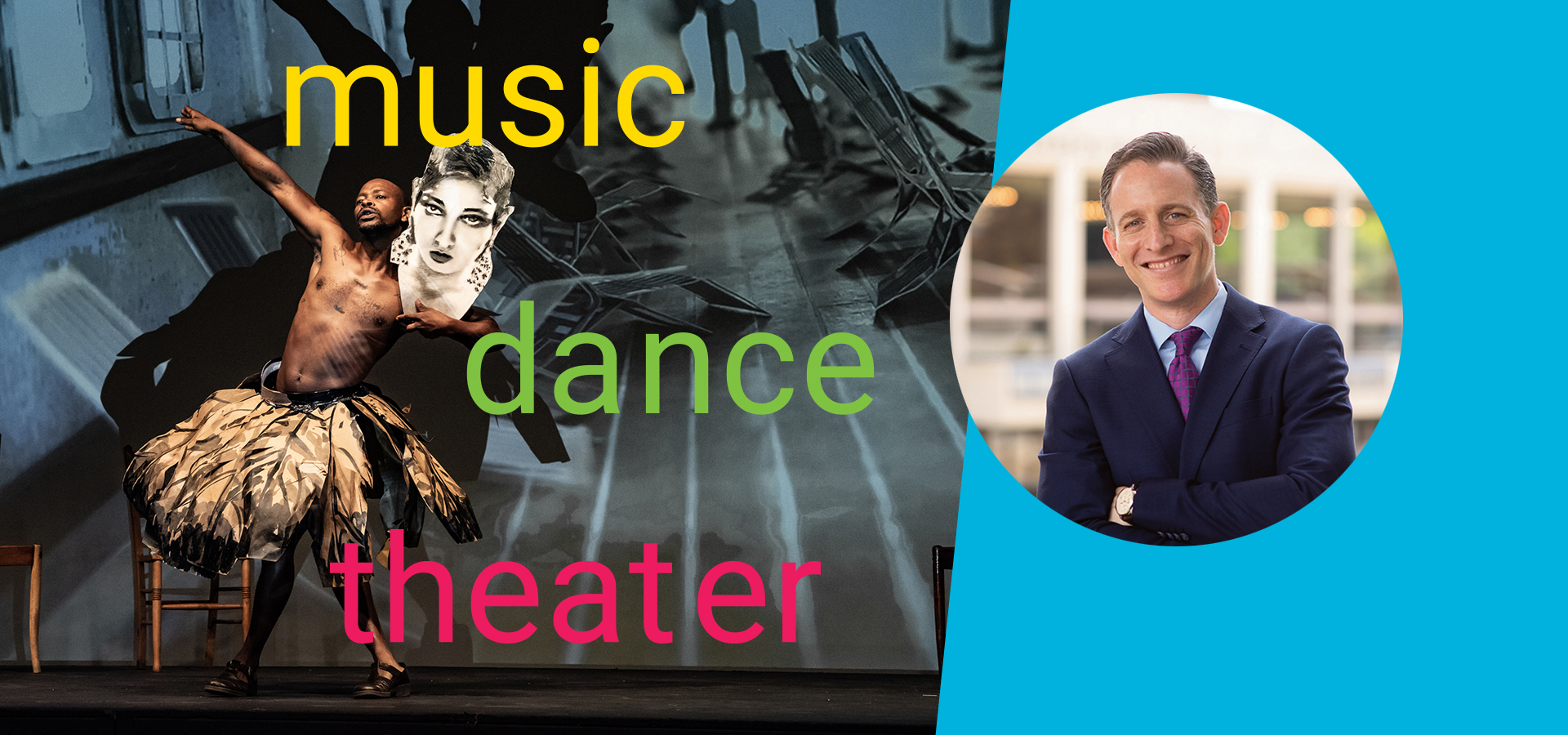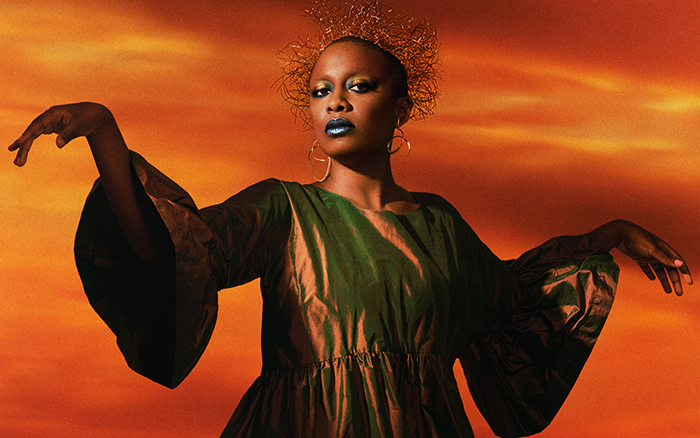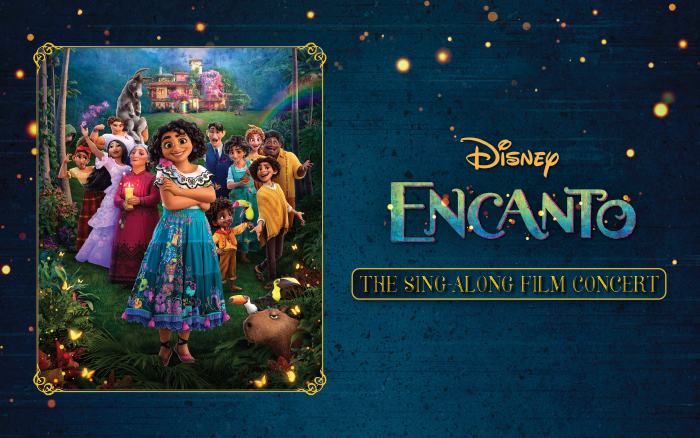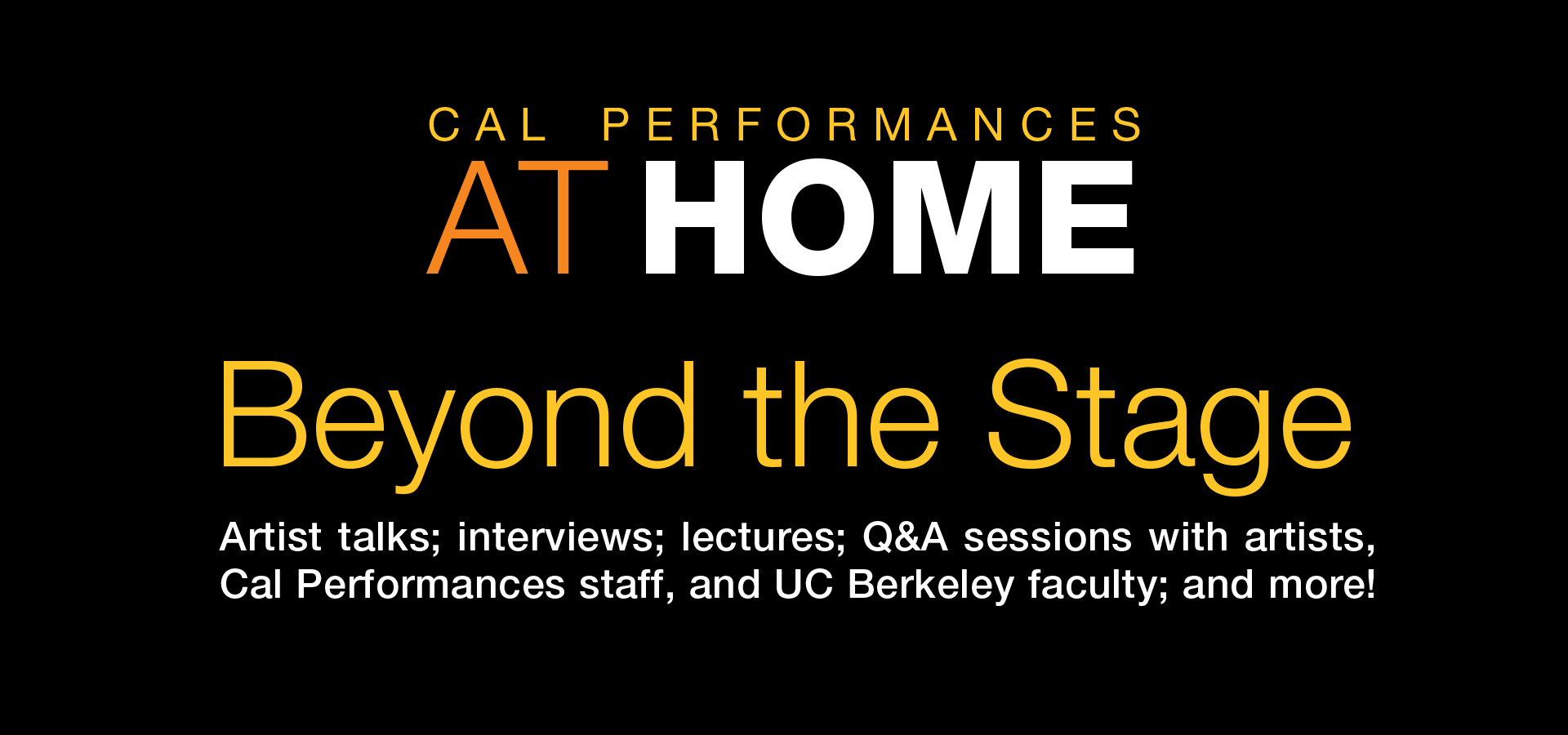
Cal Performances at Home is much more than a series of great streamed performances. Fascinating behind-the-scenes artist interviews. Informative and entertaining public forums. The Cal Performances Reading Room, featuring books with interesting connections to our Fall 2020 programs. For all this and much more, keep checking this page for frequent updates and to journey far, far Beyond the Stage!
Major support for Beyond the Stage is provided by Bank of America.
Beyond the Stage
Jeremy Geffen on the Unique Value of Recitals
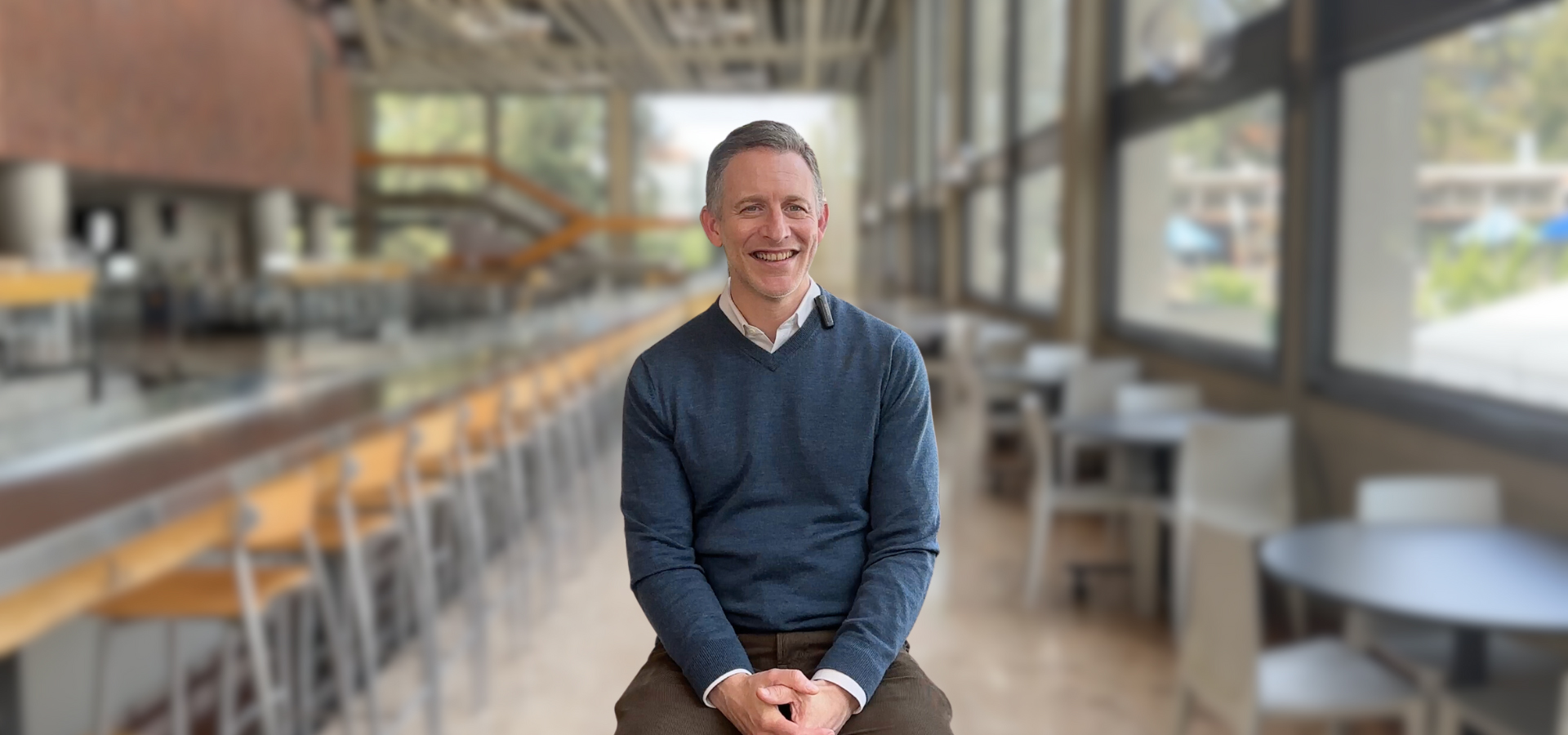
Jeremy Geffen on the Unique Value of Recitals
“It is because of that openness of concept that you get to something that is very, very personal for the artist.”
Video by Tiffany Valvo, Cal Performances’ Social Media and Digital Content Specialist
While we may be more drawn to visualizing an artist as the star of an opera or as a concerto soloist, there is something especially captivating about seeing them in recital. In this video, Cal Performances’ Executive and Artistic Director Jeremy Geffen explores the value of recitals, covering:
- 0:22 – How would you define a recital?
- 1:19 – What is different about seeing a performer as a recitalist as opposed to as part of a larger production?
- 2:49 – How do a presenter like Cal Performances and an artist come together to create a recital experience?
- 3:58 – What draws you personally to recitals?
Related Posts
Julius Eastman’s Femenine
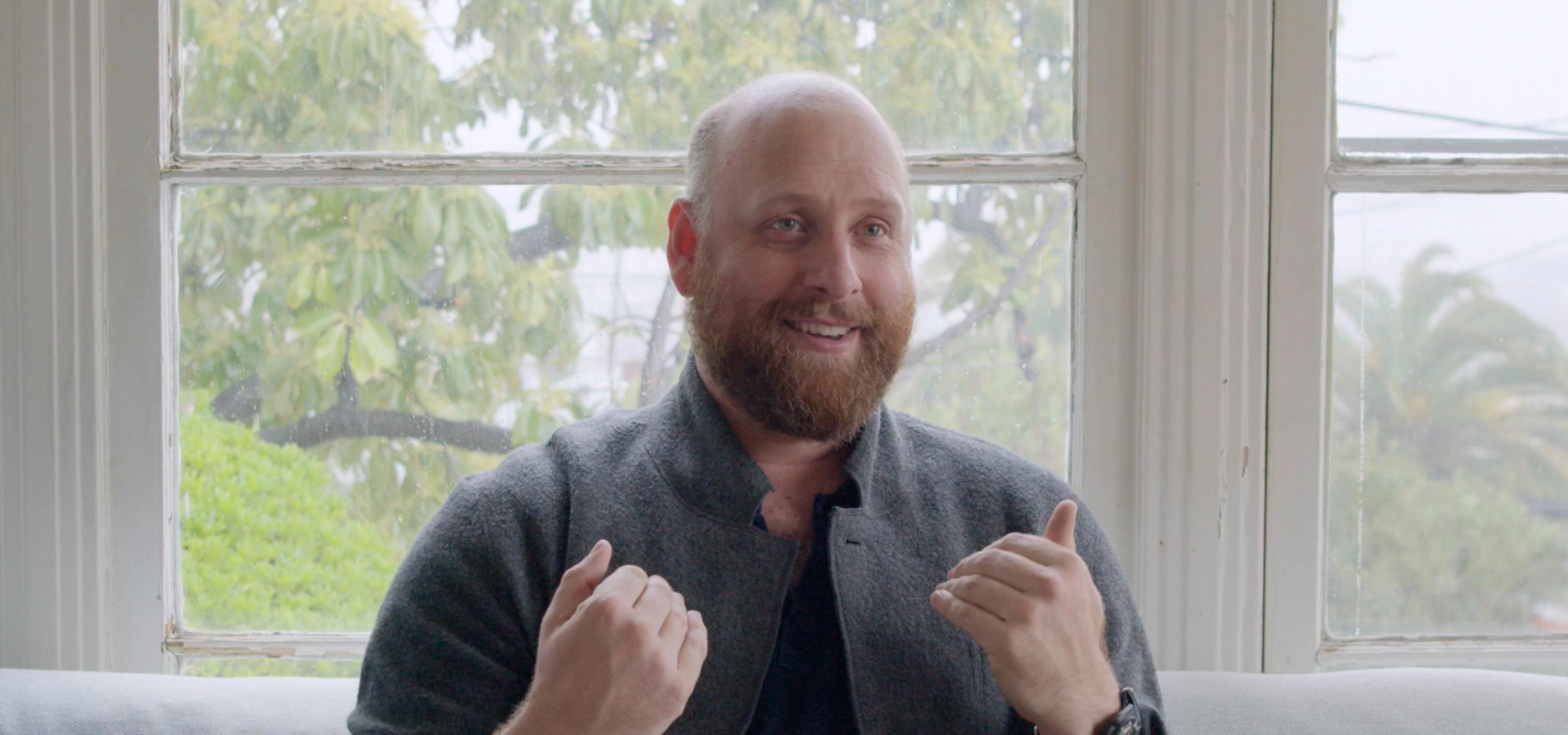
Julius Eastman’s Femenine
“Femenine is the kind of piece that makes one contemplate the immensity of reality.”
Wild Up Artistic Director Christopher Rountree, filmed by Anna Tse. Video editing by Tiffany Valvo, Cal Performances’ Social Media and Digital Content Specialist. Music bed: Wild Up, Julius Eastman Vol. 1: Femenine, New Amsterdam Records (2021).
Chris Rountree, artistic director of Wild Up, discusses the life and music of Julius Eastman, the late composer whose amalgamated musical vision was repeatedly dismissed in its day, but is now being unearthed to critical acclaim. In March 2024, Rountree will conduct Wild Up in a performance of Eastman’s Femenine as part of Cal Performances’ Illuminations programming contemplating “Individual & Community.” To provide insight into the work, in this video, Rountree covers:
Transcript
Chris Rountree:
These pieces of Eastman’s have these elements: personal agency, discourse about systemic inequity, and about race, and gender, and sexuality. And also, when you just drop the needle on the record, they’re totally ecstatic. And that, in a combination, is mind-blowing.
When did Eastman write Femenine?
He was having all these discourses right after he got out of the Curtis School of Music. Got out of Curtis, he went to Buffalo, he was in academia, he was working with an all-White ensemble, which were mostly men, and he was writing pieces called Femenine, which is the word “feminine” with the word “men” pushed inside of it, and he was doing the piece in drag at the piano, the only Black man on stage. He was doing pieces called “Evil N-Word,” “Crazy N,” “Gay Gorilla,” and then—he said these words that I won’t say—he then said, “You must print the title, because people should walk past the marquee, and the marquee should challenge them. When they receive an invite to the concert, they should feel something—the history of our country, the tragedy of racism, the tragedy of slavery—they should feel those things.
What is the musical form of the work?
The form of Eastman’s Femenine is really remarkable. When he designed the piece, he says that there’s one player or a group of players that play a single melody, which he calls the prime. It’s 13 beats long, it only has two notes. This prime melody begins at minute three in the work. We’re all playing on stopwatches, and it goes for the next 75 minutes on repeat without stopping.
Eastman gives instructions like “falling backwards”; “increase”; sometimes specific octaves, sometimes just scrawled on the page “E-flat”; sometimes poetic and also specific timings like, “pianist will interrupt, must repeat.”
So, these poetic words all over the score, every few minutes; there’s another prompt that changes what happens on top of the prime melody very subtly. So, this is a form of music-making that he called the “organic music.” So you’re just feeling something that is really staying on one idea for a long time, and subtly, it just shifts angles over a long period. We also know from Eastman’s performances that he would take solos and improvise. So everyone’s improvising the whole time, except for the person playing the prime.
What happened at the first performance of the work?
The magic of this piece happened at the first performance when there’s an apocryphal tale. They were doing the premier in an art gallery. And we know the piece is going to be 80 minutes or so, we know there’s gonna be one melody repeated the whole time and lots of improvisations. But what the band apparently did not know is that Eastman was going to go into the other room, he had built a machine that played the sleigh bells, and he would plug the machine into the wall before the piece began, and then walk back and start the work.
So it is an 80-minute arc of this organic, changing, swirling music, all contained within 85 minutes or so of sleigh bells that persist the entire time. Which, when you’re inside of that sound, it is a shimmering, incredible kind of forest of sound. It’s like being rained on. It’s like it has this quality of being everywhere and all around you. So when Wild Up does the piece, all of us begin playing sleigh bells.
Who is this music for?
I think that the audience is absolutely everybody. People that want to sit in a space, a meditative space, and feel something overwhelming that is about both the natural world and the human condition and also systemic inequity, and also gender and sexuality. Femenine is the kind of piece that makes one contemplate the immensity of reality.
Related Posts
There are no related posts yet. Check back soon!
Understanding Bach’s The Art of Fugue

Understanding Bach’s The Art of Fugue
“A fugue explores the musical potential of a simple idea…”
Created by Tiffany Valvo, DMA, Cal Performances’ Social Media and Digital Content Specialist. Music bed: Filippo Gorini, J.S. Bach Contrapunctus 11 a 4 from The Art of Fugue, BWV 1080.
The Art of the Fugue was meant to demonstrate all the possibilities of contrapuntal writing (more in this in the video!), which had occupied Bach since his youth. Far more than a collection of exercises, it resembles an unfolding musical narrative. Ahead of Filippo Gorini’s performance of The Art of Fugue in January 2024, we are breaking down what makes this work so notable.
Tags
Related Posts
There are no related posts yet. Check back soon!
Behind the Scenes with Cal Performances’ Artistic Administrator
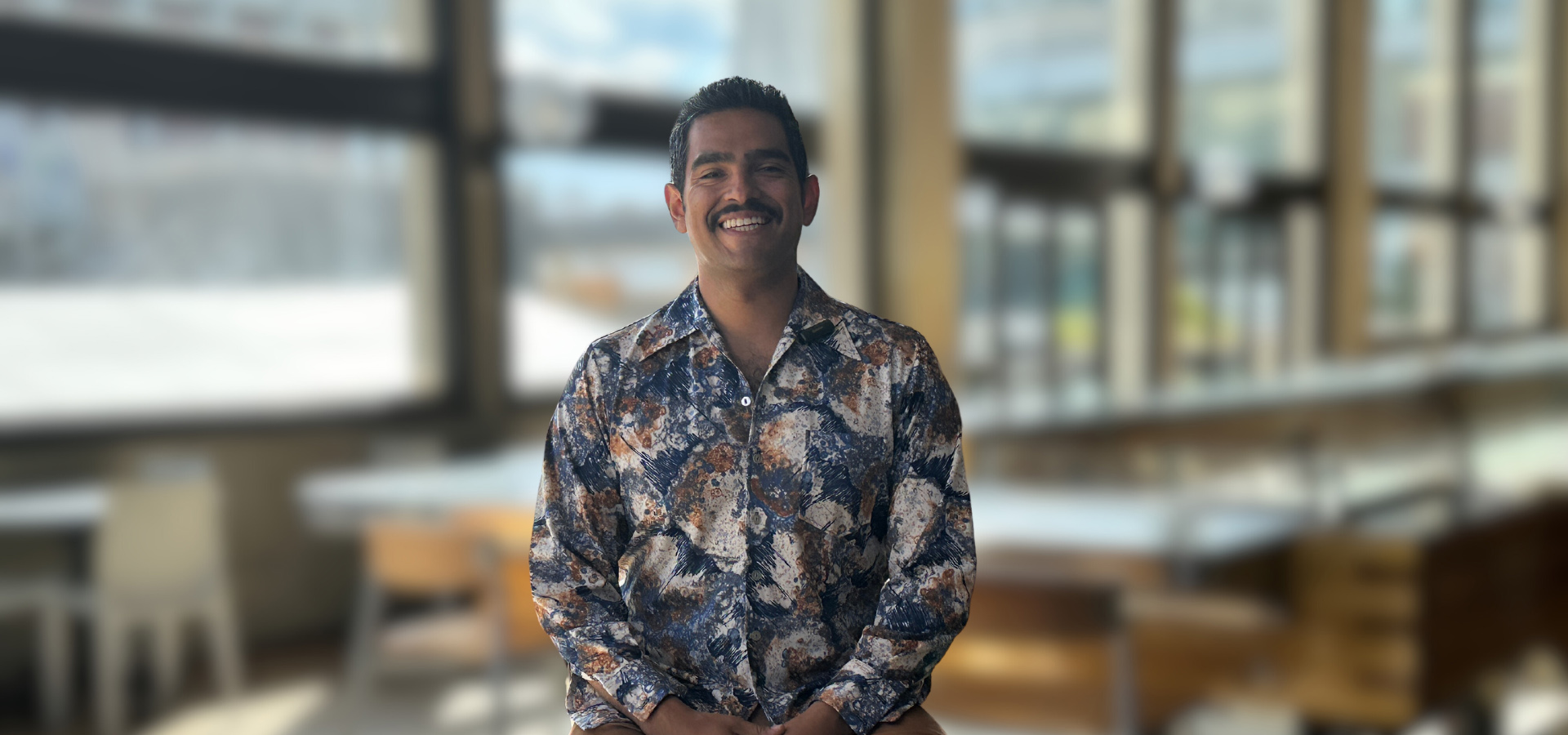
Behind the Scenes with Cal Performances’ Artistic Administrator
“I just love that we can support such a range and breadth of artists.”
Video by Tiffany Valvo, Cal Performances’ Social Media and Digital Content Specialist
Cal Performances’ Artistic Administrator, Devin Hinzo, is one of the key people who interfaces with artist and their agents, sometimes many seasons in advance, to get their work onto our stages! In this video, Devin answers:
- 0:07–Why do you love working at Cal Performances?
- 0:48–Do you have a background in the performing arts?
- 2:04–Did you have any experiences at Cal Performances before you joined the team?
- 3:04–What made you interested in arts administration?
- 4:02–What’s the most challenging part of your job?
- 4:36–What advice would you give anyone thinking about working in the performing arts?
Related Posts
What do the performing arts give to you?
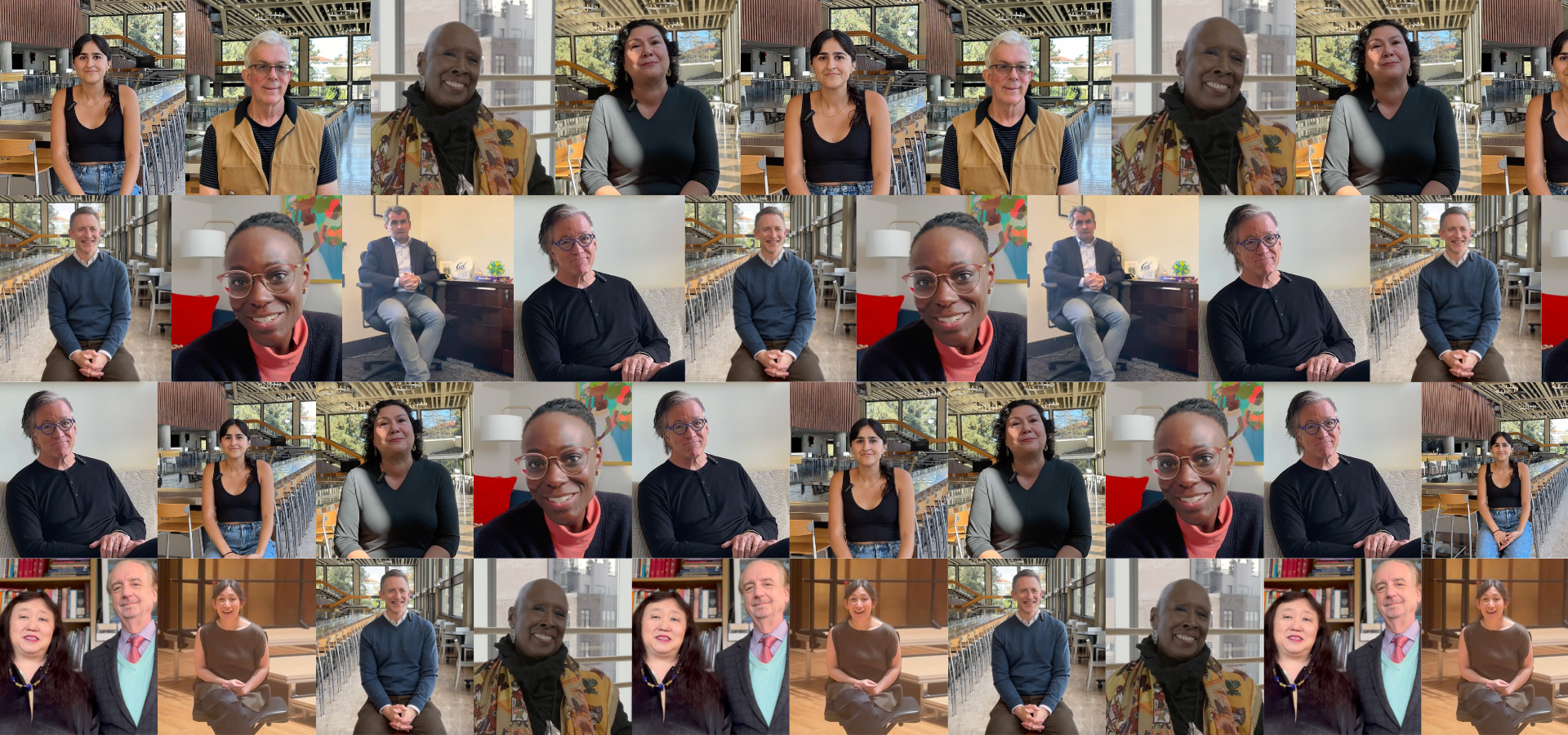
What do the performing arts give to you?
“I think there are as many answers to that as there are days of the year…”
Video by Tiffany Valvo, Cal Performances’ Social Media and Digital Content Specialist. Music bed by Brad Mehldau Trio.
As we enter into the season of giving, we wanted to take a look at those intangible gifts that the arts bring each of us—gifts that inspire us and shape us throughout our lives. Given that each person’s relationship with live performing arts is incredibly personal, we asked a number of artists, UC Berkeley students and staff, and patrons what the arts have given them. And, as we stitched together these wide-ranging answers, it became even more clear how essential the performing arts are to our lives: they help us understand the world, grapple with complex ideas, find joy when we least expect it, and so much more!
Watch the video to hear more about the performing arts’ impact on members of our community: Jeremy Geffen, Cal Performances Executive and Artistic Director; Kimia Adibi, UC Berkeley student and Cal Performances PR and Social Media Assistant; Nathalie Joachim, composer, performer, and flutist; Judith Jamison, choreographer and Alvin Ailey American Dance Theater Artistic Director Emerita; Tom Craft, Cal Performances Audio Department Head; Jeff MacKie-Mason, Cal Performances Board of Trustees Co-Chair and University Librarian, Chief Digital Scholarship Officer, and Professor at UC Berkeley; David Finckel, cellist and Co-Artistic Director of Chamber Music Society of Lincoln Center and Music@Menlo; Rica Anderson, Cal Performances Manager of Education & Community Programs; Oliver O’Reilly, Distinguished Professor of Mechanical Engineering and Vice Provost for Undergraduate Education at UC Berkeley; Wu Han, pianist and Co-Artistic Director of Chamber Music Society of Lincoln Center and Music@Menlo; and Harumi Rhodes, violinist for Takács Quartet.
Upcoming Related Events
Related Posts
There are no related posts yet. Check back soon!
Illuminations Artists and UC Berkeley Professors Discuss Intersectionalities
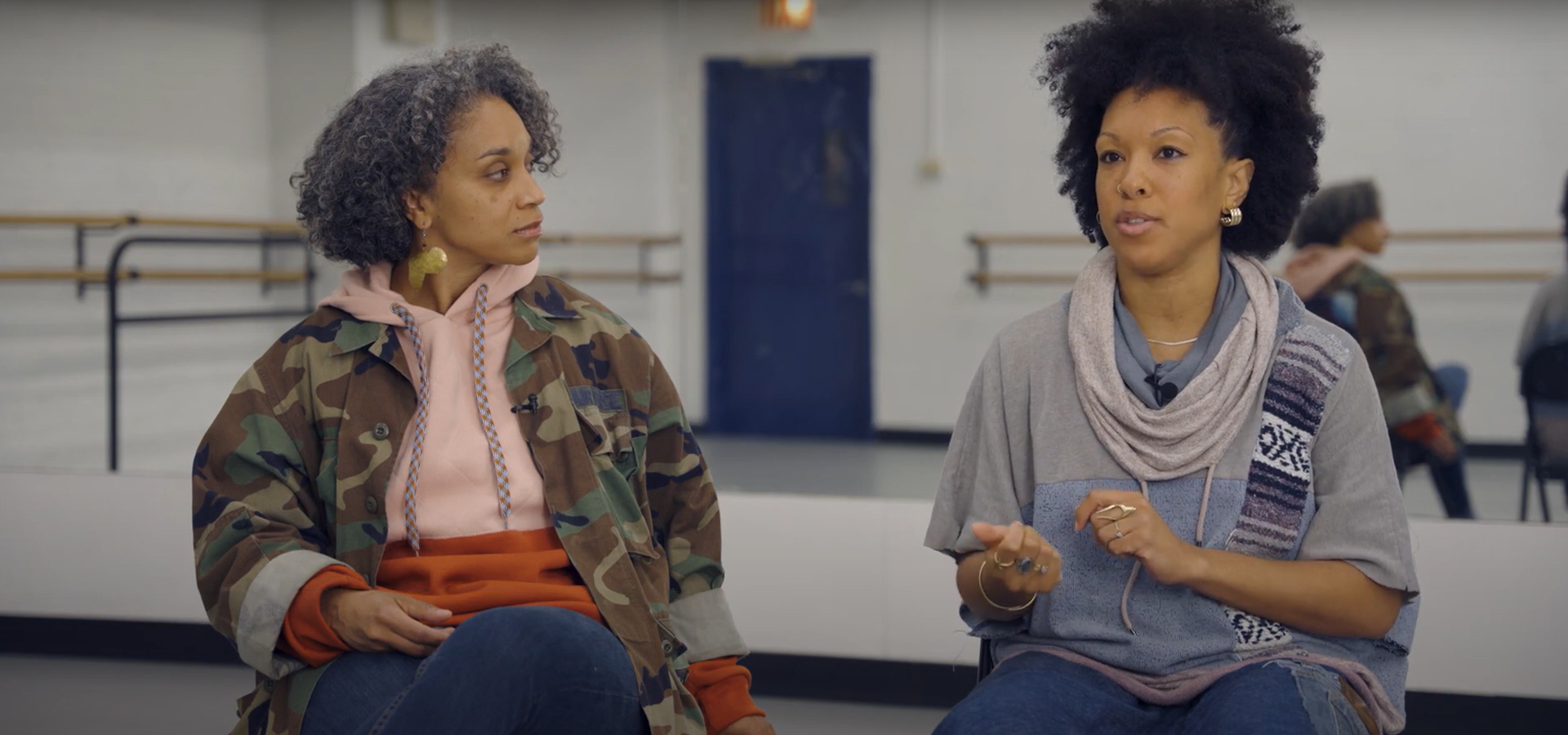
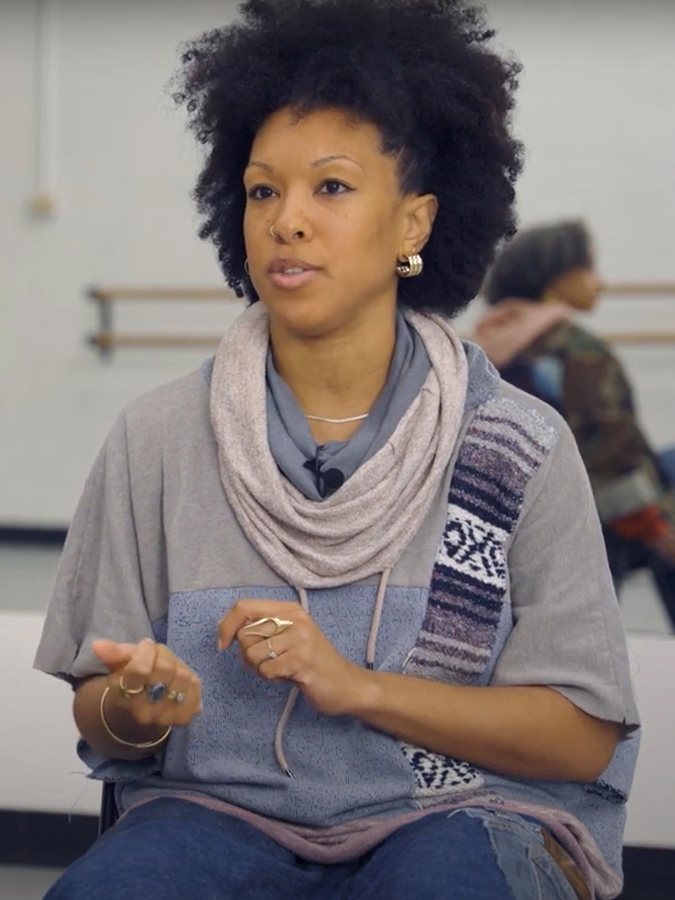
Illuminations Artists and UC Berkeley Professors Discuss Intersectionalities
Why is intersectionality important?
Produced and directed by Mina Girgis, Cal Performances’ Director of Education, Campus and Community Engagement; Directed and edited by Lindsay Gauthier. Full credits below.
In late summer/early fall, Cal Performances’ Director of Education, Campus and Community Engagement, Mina Girgis, sat down with artists from Taylor Mac & Matt Ray’s Bark of Millions, Wild Up, and Urban Bush Women; as well as noteworthy scholars from across the UC Berkeley campus, representing expertise in bioethics, ethnic studies, African American studies, and gender & women’s studies. To provide context to this season’s Illuminations theme of “Individual & Community,” they explored both the value and genesis of intersectionality as a framework for understanding how individuals’ social and political identities result in unique combinations of discrimination and privilege. In this video, UC Berkeley faculty explain the meaning of intersectionality and relate it to their own research, and Illuminations artists illustrate these concepts through their own experiences and those of the composers, choreographers, and creators whose work they will perform as part of Cal Performances’ Illuminations programming.
Topics include:
- 0:00 – Intro
- 1:54 – Why is intersectionality important?
- 2:10 – The need for “Intersectionality”
- 7:10 – Identity & Ideas
- 9:00 – Inclusion
- 13:48 – Transformation
This video features Jodi Halpern, MD, PhD, Chancellor’s Chair and professor of bioethics; Juana María Rodríguez, PhD, professor of ethnic studies; Taylor Mac, writer and co-director of Bark of Millions; Leigh Raiford, PhD, professor of African American studies; Patrice Douglass, PhD, assistant professor of gender & women’s studies; Christopher Rountree, composer, conductor, and founder of Wild Up, and Seth Parker Woods, cellist in Wild Up, who will perform Julius Eastman’s Femenine; and Mame Diarra Speis, artistic director of Urban Bush Women, and Courtney J. Cook, associate artistic director of Urban Bush Women, who will perform Hair & Other Stories.
Learn more about Illuminations: “Individual & Community.”
Additional Credits:
- Directors of Photography: Heath Orchard, Avery Hudson, Ethan Indorf
- 1st Assistant, Cameras: Jared Tabayoyon, Aja Pilapil
- Special thanks to the UC Berkeley Library for hosting faculty video interviews.
Transcript
Jodi Halpern:
Every single individual is a world of their own. They have multiple identities, layers of identities, layers of personal experience.
Juana María Rodríguez:
When you’re looking at a situation, you are not just looking at it through one lens, through the lens of gender, through the lens of race, but those categories themselves change when they come into contact with one another.
Taylor Mac:
Don’t tell people what to be, just invite them to the experience and let them be who they are.
Leigh Raiford:
The stories that we tell ourselves about ourselves, the ways we envision new worlds, that’s all the work of art-making, and it’s also the work of making justice and imagining freedom.
Patrice Douglass:
Rather than saying, I am an intersectional subject, I would actually retool the question to say, how might intersectionality help to understand the predicament of my existence or existences of others like me?
Christopher Rountree:
Julius Eastman’s pieces are intersectional in every way. Suddenly it becomes clear why he’s not just accepted and paid to do the work, not just because he’s very openly gay and he’s so joyously Black.
Courtney J. Cook:
So a part of it is self-love and reclaiming the vision of yourself as this beautiful, perfectly-created human entity, part of your community.
The Need for “Intersectionality”
Leigh Raiford:
Historically, traditionally, Cartesian ways of thinking divided us into man, woman, Black, White, into binaries, into either-ors. Intersectionality is a recognition that binaries are too simplistic.
Jodi Halpern:
I love the concept of intersectionality, because I think it’s a very important corrective to a kind of extreme view of identity, where we think that just because we have something in common identity-wise with someone else, we know how they feel. So intersectionality explodes that and says, hey, we’re really complicated, and you can get parts of my experience, but there are parts that you should realize you don’t already know.
Patrice Douglass:
So Kimberlé Crenshaw coined the term popularly of “intersectionality” in two articles that she wrote in the late 1980s and early nineties.
Leigh Raiford:
But it names a set of questions and conditions that particularly Black women, Black feminists, and women of color have been trying to name for centuries.
Patrice Douglass:
You have the Combahee River Collective statement that came out in the 1970s where they’re describing the situations of being poor and Black and women and queer at the same time, and in many respects, that’s often attributed to one of the most early intersectional frameworks. If you want to go back further than that, you can think about the work of Sojourner Truth and the statement that Sojourner Truth provided where she’s standing before a convention of White women and saying that my womanhood as a Black woman is quite different than yours that where you are fighting to not be carried over puddles and put into carriages, that’s never been my condition as a slave who’s toiled in the field and who’s had my children sold from me. So granted, those are not necessarily written as intersectional narratives, but they’re doing the work of intersectionality.
Leigh Raiford:
I often go back to the work of Anna Julia Cooper in the late 19th century who, in her 1892 work, A Voice from the South asked, “When and where I enter without suing or patronage in the quiet, undisputed dignity of my race, there, the whole race enters with me.” And that was her attempt to understand what it means to think from and organize a politics from a Black woman’s standpoint.
Patrice Douglass:
And so in that sense, Kimberlé Crenshaw does write intersectionality into sort of feminist milieu and also legal scholarship, but at the same time, there are also other ideas that are floating around of how to name the thing. I remember as an early feminist scholar, there was a term called multiplicity, and so it was is it multiplicity or is it intersectionality?
Mame Diarra Speis:
My Hair Party was centered around Black mothering, and so what I did was brought in a group of Black mothers to engage in conversation, as well as actually being in our bodies and then working those conversations through our bodies.
Courtney J. Cook:
Yeah, My Hair Party was around claiming your identity. So we looked at what it would be like to visualize or envision yourself as a superhero, so claiming all the assets that you hold, all the strengths that you hold, and magnifying them as a way to kind of counter the effects of internalized racial inferiority, those ways that oppression tells you to distance from who you are, where you’re not recognizing your own humanity, you’re not recognizing the beauty that you hold.
Patrice Douglass:
The problem is and what intersectionality is useful for is we have yet to make sense of how we have arrived where we have arrived, and before we can prescribe a destination of where we might go or even if we can prescribe a destination, we have to then get to the root of an analysis, and so we have to figure out what exactly is before us and what are the stakes? Are we all fighting for the same things? Are we fighting for different things? How do we privilege what is most important or what is least important or what is essential and what is inessential to the problem?
Identity & Ideas
Juana María Rodríguez:
Each of us comes to community with our own hurts and wishes and desires. We come to community looking for something, looking for people like ourselves, looking for support, looking for solidarity, and when we get there, we kind of have to negotiate that. Identity doesn’t equal ideas. All kinds of people that share the same identity can have very different ideas. So I think that when we’re organizing, when we’re trying to work together to try to make the world a better place, we really need to think about what are the ideas that unite us? Very often, those ideas are rooted in our experience, our experience of systemic racism, our experience of homophobia or transphobia or ageism, but that experience alone isn’t quite enough. It’s really, how do we think about what are the issues that impact us, that might influence how we live that identity? So I think it’s important. You don’t have to have a certain kind of genital configuration to be a feminist. You don’t need a certain, have immigrant parents to be in support of immigrant rights. So these are things that really can and should be decoupled.
Inclusion
Taylor Mac:
You want to include all different kinds of people in a project that has a vision that is a singular vision. So you want to include the individual into a communal experience. The big thing to do is just to not decide, just don’t decide anything; just invite, invite, invite, invite, invite, just keep inviting, and even that, I don’t know if that’s right. That’s what I’m exploring right now. If I just don’t decide and I just invite people, I make an offering. I say, “I’ve written this lyric,” and then Matt makes an offering, “I’ve written this music to this lyric,” and then a performer makes an offering, “This is how I interpret this song,” and then some other performers come along, and they say, “This is how I’m going to interpret being on stage with you while you sing this song,” and everyone keeps making their offerings. That’s, to me, the best way that I have found to include everyone and respect everybody rather than try to homogenize them or make them, reduce them. I just say, “You get to be everything you are in this given circumstance.”
Jodi Halpern:
There are various forms of empathy, and they all have a purpose in different settings. The empathy that I studied and the way that I coined the term “empathic curiosity” came from many years ago studying physicians, therapists, and others whose role it is to understand the suffering of other people, of other adults, and to understand the sources of that suffering, and so what was really important was to study what kind of empathy helped clinical people get into a patient’s world and help a patient really share what they were most concerned about and then help build an alliance, and that’s where I came up with the term “empathic curiosity,” because what my research over many years showed is that what’s necessary is an interaction between cognitive empathy and affective empathy. With sympathy, there’s no curiosity. You just feel like we’re in the same boat, but with empathy, what seemed important clinically was not to just assume you know how the patient feels, to assume you’re in the same boat like you do with sympathy. That’s how doctors make a lot of mistakes, and what in fact patients want is for you to have humility and realize you don’t know what their life is exactly like, and that’s where the notion of curiosity came in, because if you’re attuning to someone, but you realize with humility you don’t really know their world fully, they have a different life than yours, then you become curious to learn more.
Christopher Rountree:
Eastman wrote an essay about “the composer,” which is about the ideal composer and in that essay, he switches pronouns every use of the pronoun when he talks about the composer. So he’s someone that, even in the seventies, was really invested in critical theory and in gender theory.
Seth Parker Wood:
He’s created a space for us all to find our own agency under the idea of kind of giving us a platform and a structure, and inside of this, you can either stick with that idea or you can diverge from it, but always being able to kind of flow back into the current.
Christopher Rountree:
It’s about holding multiple things at the same time. It’s about the personal identity. It’s about who’s allowed to do what in the context of what concert, in this case. It’s about banishing etiquette. It’s about the individual, and also, it’s this amazing thing where everybody gets to both be themself and also be lost in a mass of people.
Juana María Rodríguez:
Ideas of gender, age, sexuality are already mixed up constituted by these other ideas. In my book, Puta Life, many of the sex workers that I’m looking at are women that are 50 and 60 years old, not necessarily the image of sex workers that most people think of. So when we think of sexuality, sexuality’s always racialized; to think of virginity, virginity as a concept already invokes a certain kind of racial and gendered idea. So I think it’s really about challenging those and thinking about the assumptions that language carries.
Transformation
Christopher Rountree:
In one sense, he [Julius Eastman] is not just provocateur and a brilliant, ecstatic artist who is asking people to be themselves in the work, but he’s also really a pedagogue, and these works, they teach the people that are inside of them. I mean, I view them, just like a composer like Pauline Oliveros, they are education pieces for classical musicians that convert them while they perform the pieces, and of course, we didn’t know that when we started this work with Eastman, but that’s what they did to us, and so one of our questions is always like, wow, how can we show the way that these pieces have changed us? If we look at Eastman’s relationship with his community as one where he’s trying to rattle it and shake it and change it and teach it, suddenly it becomes clear why he’s not just accepted and paid to do the work.
Leigh Raiford:
Before people enact or build towards a new world, they often have to dream it. If the work of intersectionality, if the lens of intersectionality, is meant to help us address systems of power and eradicate those systems of oppression that predetermine and limit our life chances and opportunities, then we can think about the arts as opening up a space, a way to give us language, and practice for living otherwise, living outside, and beyond those structures that we have inherited, that we’ve been disciplined into, and if we didn’t have art to imagine something, another world, then we really are lost.
Related Posts
There are no related posts yet. Check back soon!


